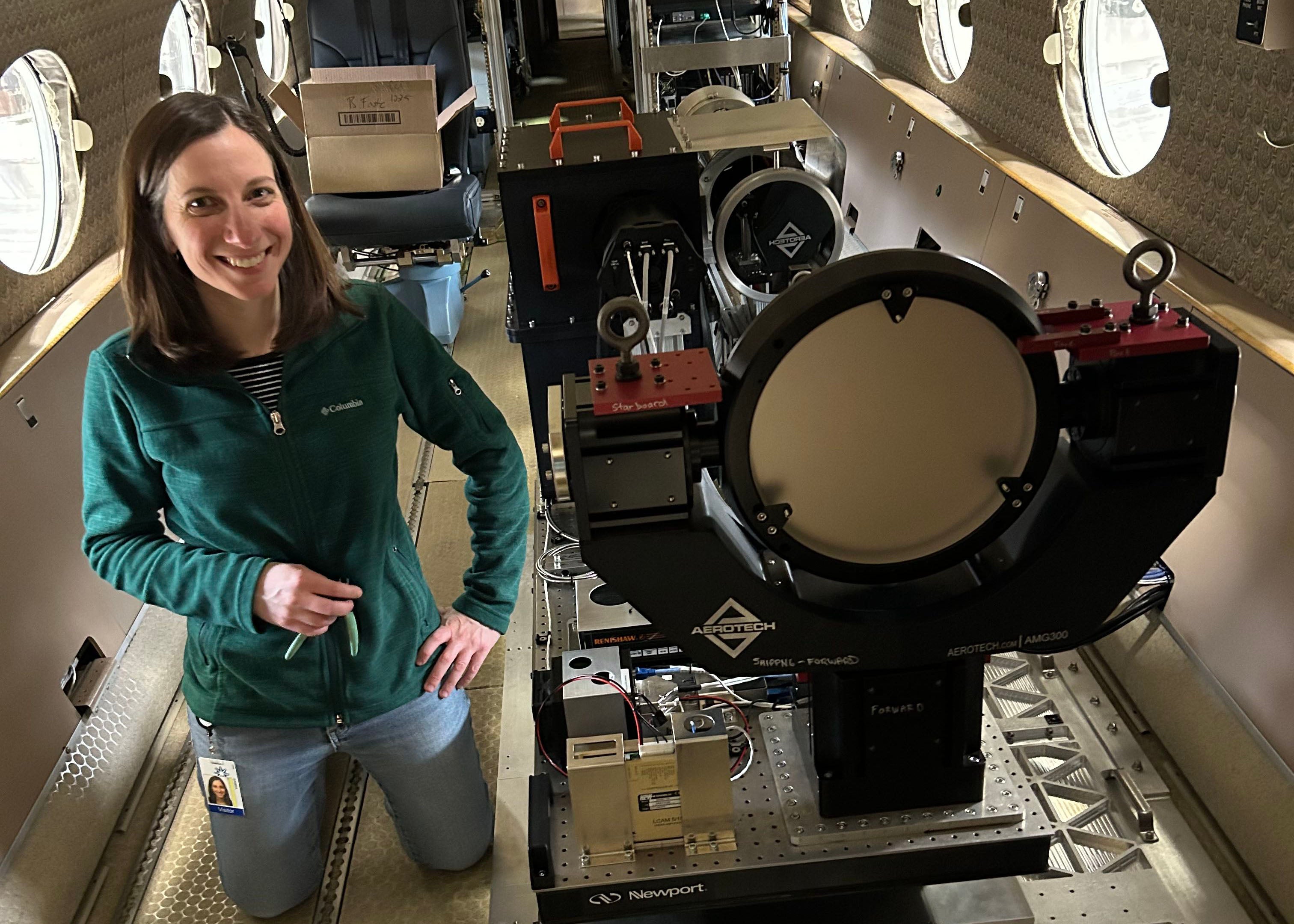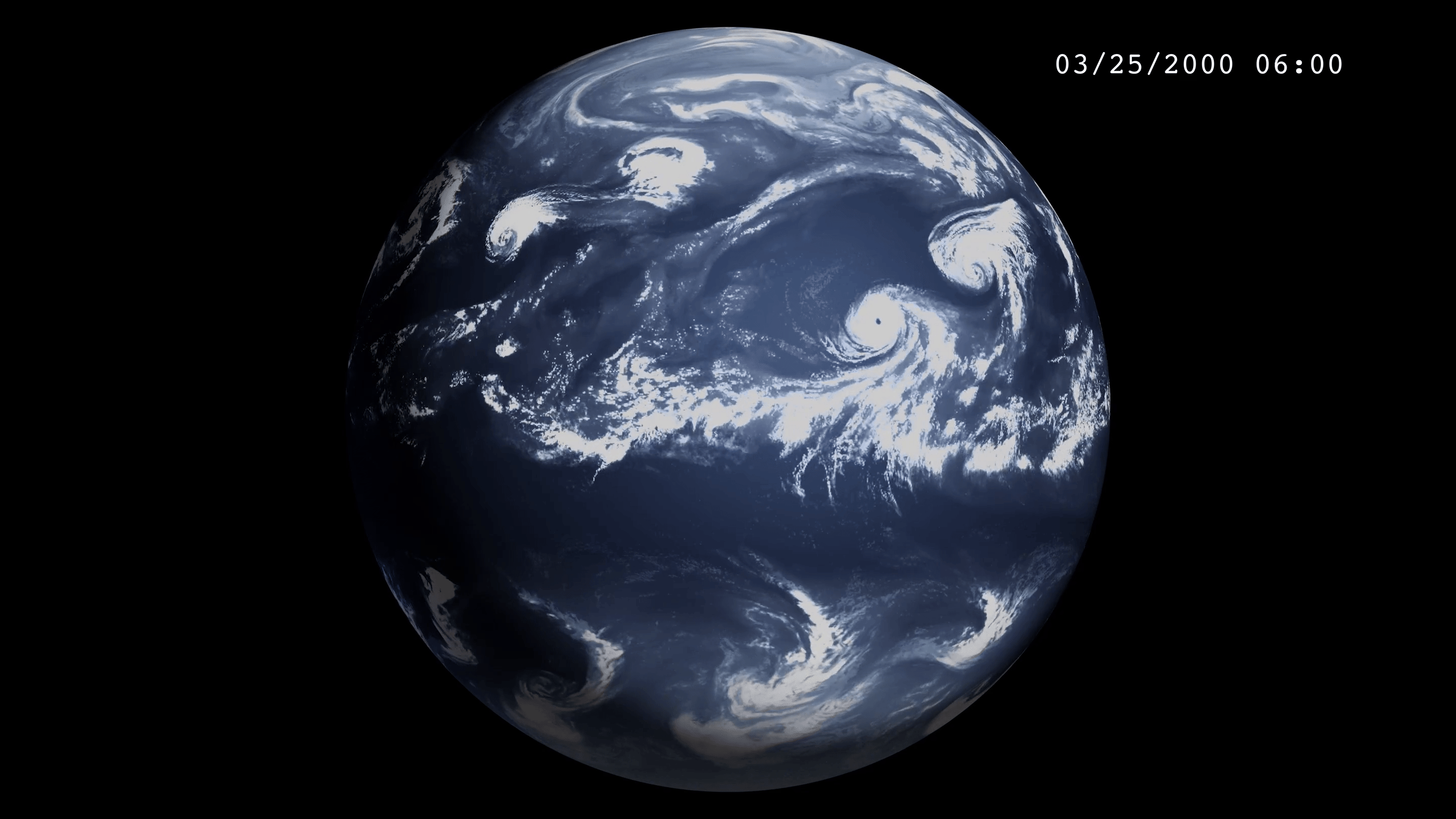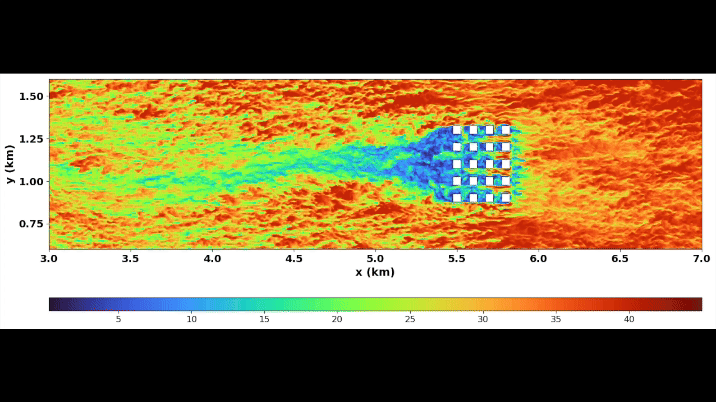2024 Year in Review
A recap of NSF NCAR’s top science stories
Dec 18, 2024 - by Audrey Merket
Dec 18, 2024 - by Audrey Merket
The research coming out of the U.S. National Science Foundation National Center for Atmospheric Research (NSF NCAR) in 2024 ranged from mesmerizing to potentially life saving. From breathtaking celestial wonders to hurricane research that aims to make society more resilient, here are the highlights of NSF NCAR’s top science stories from the past year.

As everyone turned their eyes heavenward on April 8 to witness the Great North American Eclipse (while wearing protective eyewear of course), scientists took advantage of the scientific opportunity provided by the celestial wonder. From a high-speed eclipse chase in the NSF NCAR GV to ground-based experiments, researchers collected data and inspired a love of science.

While the overall number of fires worldwide has declined, the percentage of fires occurring at the edge of urban areas has increased. Scientists constructed global maps of the burned areas at the edge of cities to understand the impact.

Innovative computer modeling shows that twice as many hurricanes form two days after the passing of an atmospheric phenomenon called Kelvin waves than in the days before. This finding may enable forecasters and emergency managers to anticipate clusters of hurricanes days to weeks in advance.

Scientists discovered that atmospheric moisture has not increased, as was expected, over arid and semi-arid regions of the world as the climate has warmed. Since this runs counter to climate model simulations and could point to higher-than-projected risks for some regions, scientists are searching for an explanation.

Complex variations in powerful winds is a hallmark of landfalling cyclones, with certain locations in a city taking the brunt of a hurricane’s destructive blasts. Scientists are successfully producing very fine-scale simulations of these turbulent winds, and the research could lead to better predictions of where a hurricane will cause the greatest damage.